Is Flex Duct Better Than Hard Duct?
Flexible ducting is often compared against hard ducting. They both provide the same function, but do so in different ways. But which option is superior? Is there an option you can use in any instance?
In this blog, we will answer the question ‘Is flex duct better than hard duct?’
With new buildings being made to be as energy efficient as possible, and the UK aiming for 95% of its electricity usage to be low carbon by 2030, it is imperative to understand how we can make the most of our ventilation. This is where MVHR units come in.
To prevent mould, fresh air should constantly be introduced into your dwelling daily, as it helps to regulate temperature and reduce condensation. Introducing fresh air can be as simple as having a ventilation routine, or installing extractors or MVHR units. Almost all of this is facilitated by ducting.
I-Sells is here to provide the answers you need whilst also supplying you with all the information you need to combat mould and have a well-ventilated home.
Hard ducts and flex ducts
Ducting has a specific purpose, regardless of the type of duct it is. Its job is to essentially be a container for air or gaseous chemicals to travel through, from one area to another, with no interruption from whatever is outside the ducting.
This can facilitate purposes such as extraction, and the delivery of fresh, or treated air. Ducting is useable in any environment that requires mechanical ventilation, whether this be in your home, office, or an industrial site.
Hard ducting, as the name suggests, is a solid pipe, either flat or rounded, that is fixed into position to allow for the travel of air. It is characterised by the fact they are rigid. They can be used in industrial and domestic/office environments.
Flexible ducting is characterised by the fact that it is flexible, this means it can be manipulated into places that hard ducting can’t. This option is particularly suited to smaller spaces, but has the potential to be used in some industrial environments.
Hard and flexible ducting is available in different materials, but the usual options you can find are PVC or aluminium.
Are water pipes the same as ducts?
Generally, no. Although they are similar in shape, and in function, they both carry different components. One is made for water/moisture, whilst the other is made for gasses. Indeed, they may be two sides of the same coin, but the components that make them may vary in order to accommodate for what it is transporting along its structure.
Can you use normal pipes for ducting?
No. You must use the appropriate ducting for any ventilation. As mentioned before, pipes not made for ducting are likely going to have properties that reduce the functionality, or could even damage the ventilation process.
Is flex duct better than hard duct?
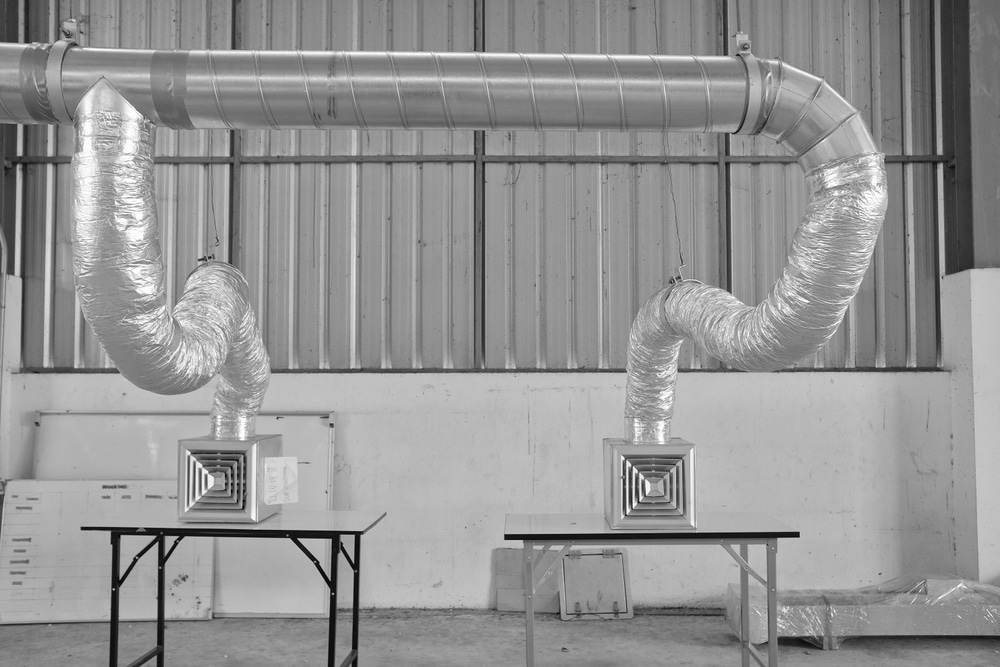
Neither option is necessarily better than the other, as the environment the ducting will be placed in, dictates which option would be better to use.
In some instances, flexible ducting can have the advantage over hard ducting. This is because flexible ducting has the capability to be installed in environments that hard ducting can’t. Specifically, environments that have little space.
However, as a result of this ease of installation, there are drawbacks. If the installed flexible duct has numerous bends in order to fit it, then there is a slight compromise in the airflow that travels through that part of the ducting. Although it won’t dramatically reduce airflow, it will definitely hinder the efficiency to some degree.
The bends that can be present when installing flexible ducting can also create opportunities for dust to catch and eventually grow. In addition, the flexible nature of the ducting does make it more prone to rips and damages.
Is there a way to make flex ducting better?
Yes. Flex ducting can be made more resilient through applying insulation over it. Insulation for flexible ducting gives protection against fluctuating temperatures of rooms that the ducting travels through, having a consistent temperature in the ducting will avoid condensation, which can become mould.
Insulation also benefits flexible ducting, as it provides an additional layer that can help to protect it from damages that could rip the ducting.
When should I replace my ducting?
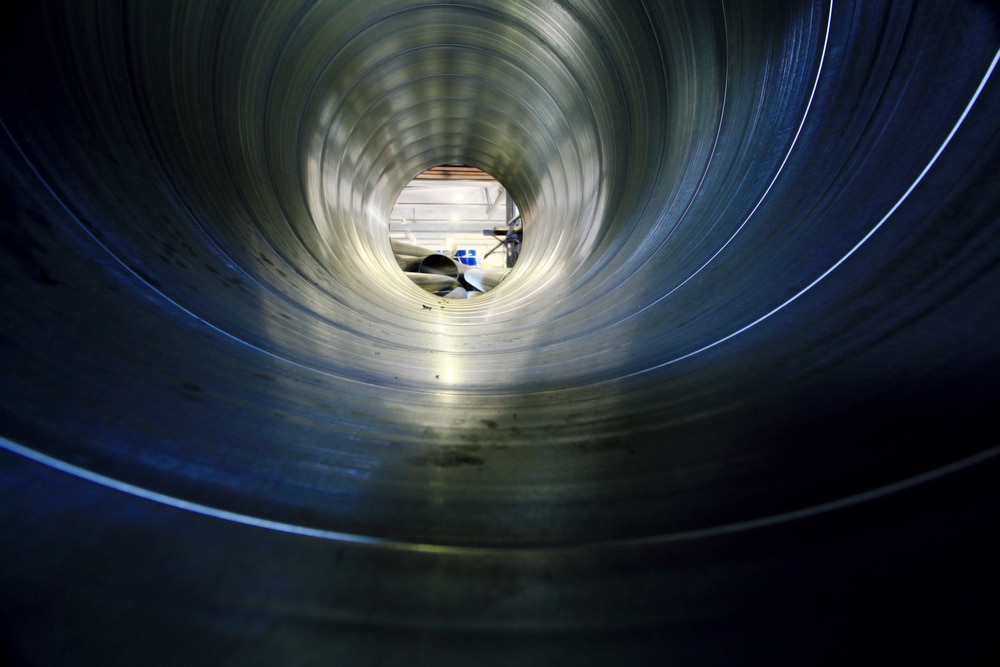
Ducting has the capability to last upwards of 20 years if it is properly maintained. However, you may have moved into a property with no information on when the ducting was last seen to. This could present a problem, especially if the ducting was poorly maintained.
Here are some clear signs to tell you that your ducting needs replacing.
- The ducting is clogged with dust or other build up.
- The ducting is leaking.
- The ducting has mould inside or outside of it.
- The ducting is broken, or torn.
- The ducting emits a noise when the ventilation mechanism is on, this could indicate a reduced airflow due to blockage, or rips in the ducting.
- If the home or building the ducting is in, has had a fire.
If you are struggling to inspect your ducting, you can always contact an expert in HVAC. If it is a MVHR unit that is experiencing issues, contacting a MVHR commissioner is a good idea, as they can check the unit, in addition to the ventilation it is connected to.
MVHR commissioners ensure that ventilation is up to standard in a home. This is why it is especially helpful to call for their services when moving into a new home that already has MVHR installed.
Is there an alternative to ducting?
Not exactly. Although there are alternative ventilation mechanisms such as MVHR, the requirement for ducting hasn’t changed at all. As it stands, air can not be made to follow a specific path without something containing it.
Think of it like water. It takes the shape of its container, water is organised by running it through pipes, the same can be said of air and other gasses, whether they are being extracted, or deposited.
Buying flexible ducting
I-Sells is a provider of ventilation solutions and everything that comes with it, including ducting. We supply flexible ducting and much more.
Whether it is flexible aluminium or PVC ducting you’re searching for, we have it. Some of our options can also vary in diameter in accordance with your needs. This includes 100 mm and 102 mm in diameter. This also applies to the lengths we have available.
Installing flexible ducting
Flexible ducting or hard ducting can be installed by yourself if you so choose. However, we would only recommend this if you have previous experience in doing this, as one mistake could cause a whole host of issues.
There are many HVAC technicians that offer a variety of services to help you with your ventilation, whether it be for a business or your own home. This can include ducting installation, depending on whom you visit.
Purchase ducting today
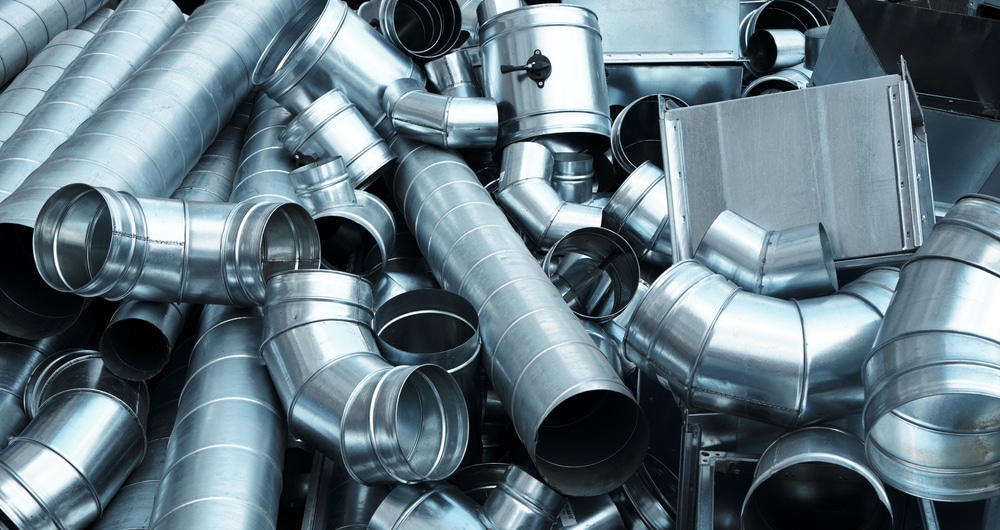
We at I-Sells endeavour to ensure our customers have all the information they require before investing in our mould solutions. Be sure to visit our blog page to learn about the vast array of factors and issues surrounding ventilation, mould, condensation, and much more.
We hope to have answered the question ‘Is flex duct better than hard duct?’
We understand you may have more questions, do not hesitate to contact us for more information about whatever you need our help with. If you’d like to send us an email, click here. For other contact options, see below:
Call us on 020 8463 9696
Visit us at our showroom:
*OPENING TIMES*
Monday – Friday: 8:00 am to 5:30 pm
Saturday: 9:00 am to 12:00 pm
Sunday: Closed
15 St John’s Parade
Sidcup, Kent
DA14 6ES
United Kingdom


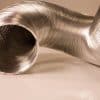

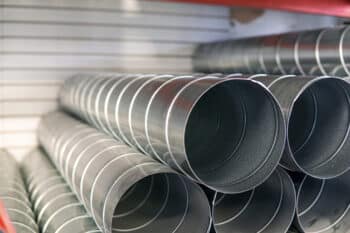
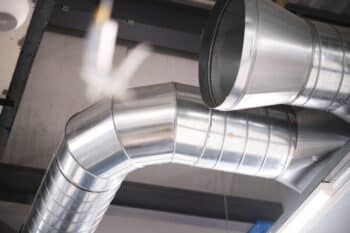

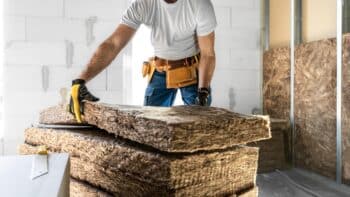
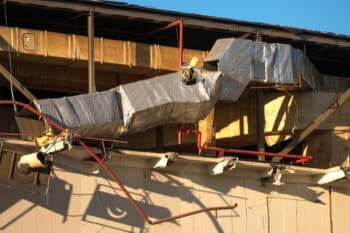


















Add comment
You must be logged in to post a comment.